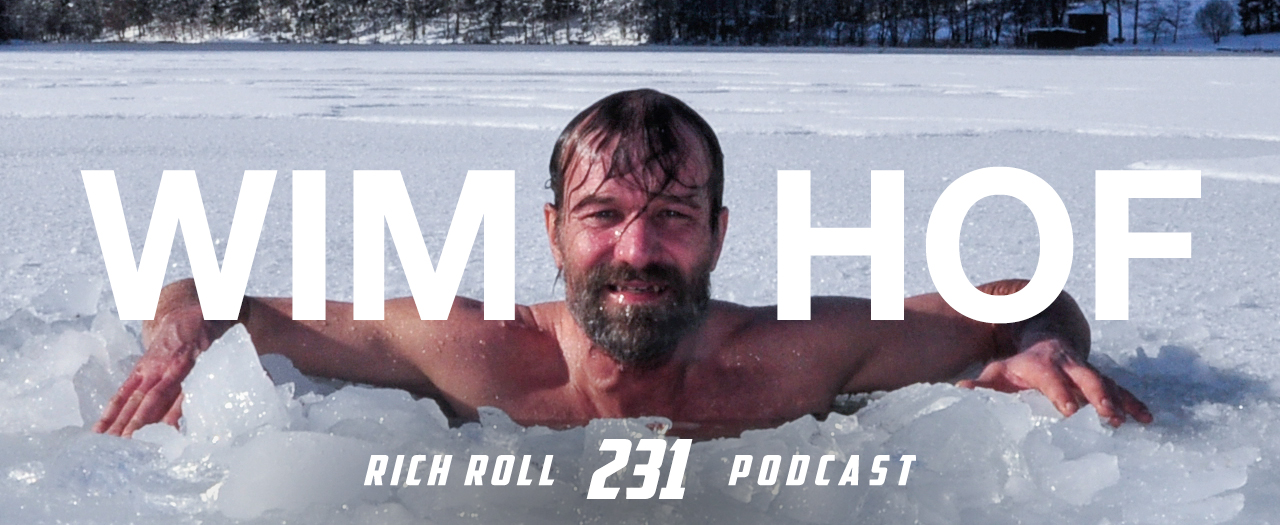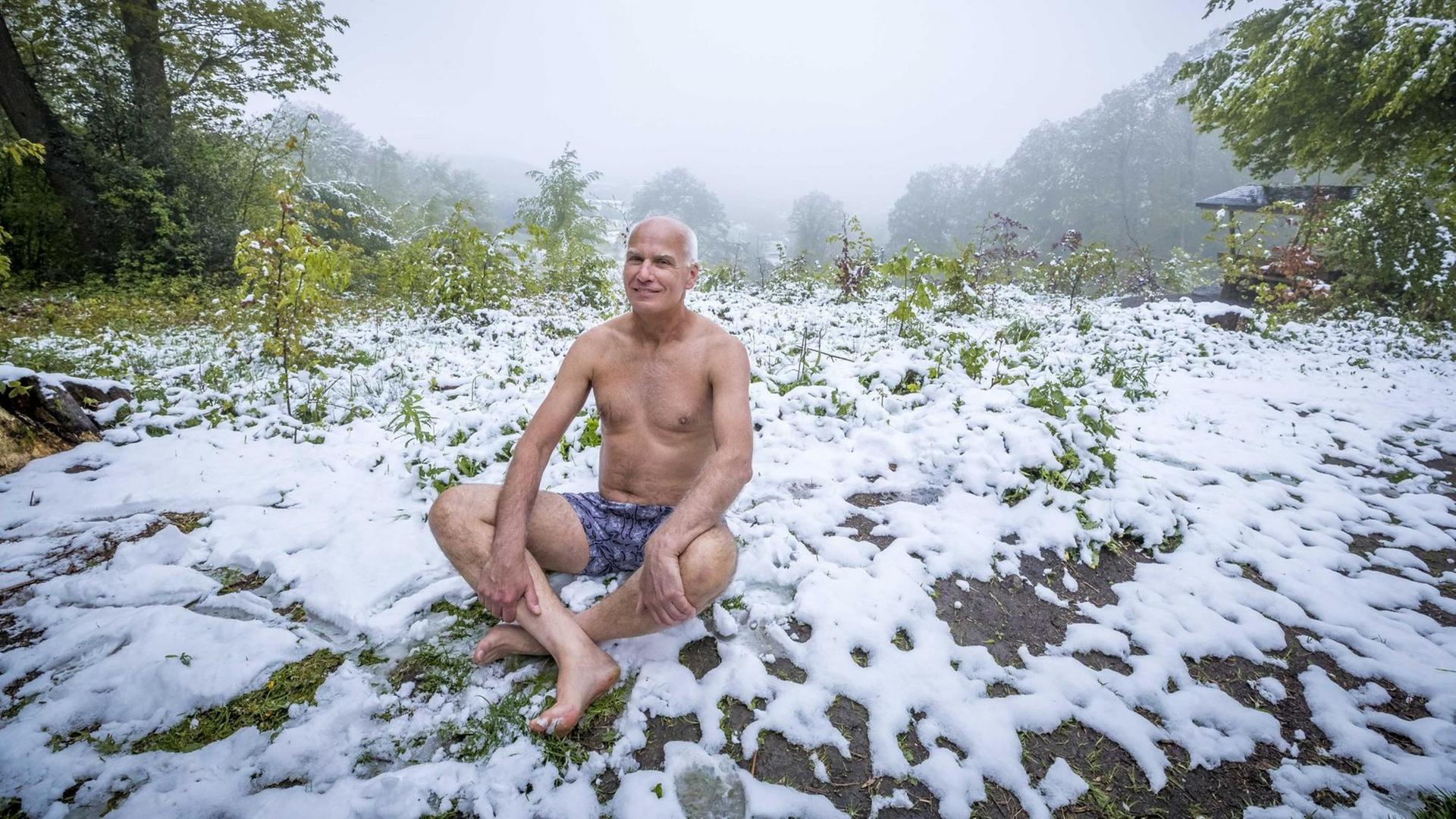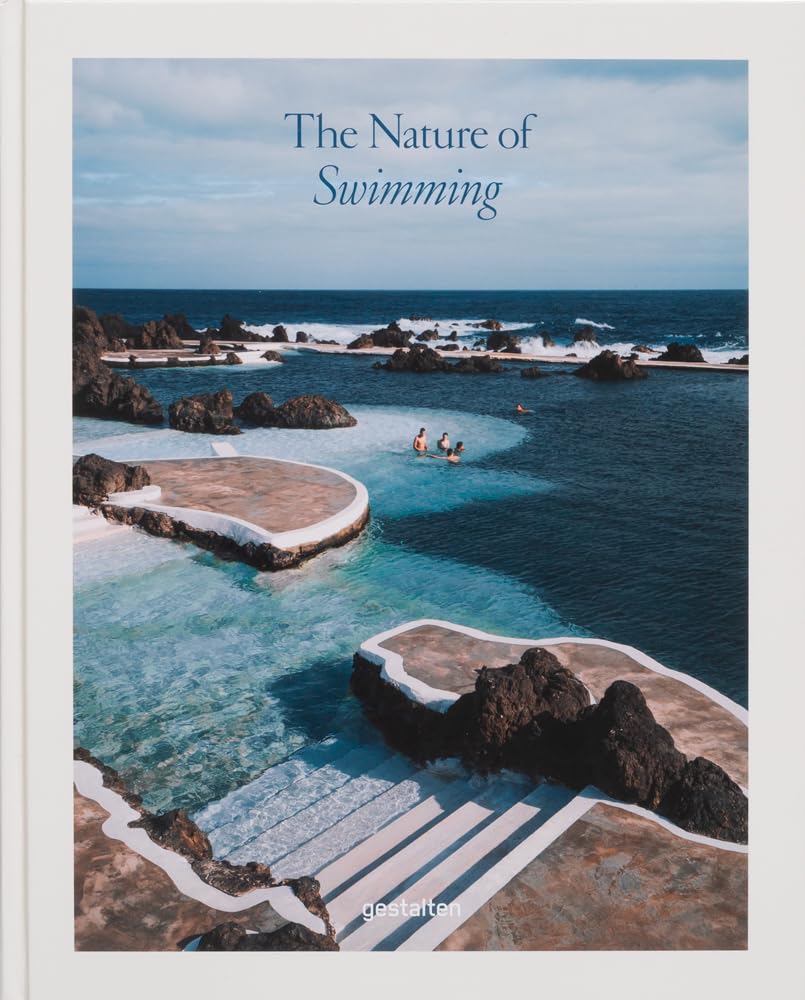Cold exposure, a practice that involves intentionally subjecting the body to cold environments or cold water, has emerged as a powerful tool in the field of health and wellness. Rooted in both ancient traditions and modern science, cold exposure is gaining recognition for its wide range of physiological and psychological benefits.
How Cold Exposure Works
At the core of cold exposure’s benefits is its ability to activate the sympathetic nervous system. When the body is exposed to cold, it responds by releasing neurotransmitters such as norepinephrine and dopamine. These neurotransmitters are crucial for regulating mood, enhancing focus, and reducing pain. Additionally, cold exposure stimulates the production of brown adipose tissue, or brown fat, which is metabolically active and plays a significant role in thermoregulation and energy expenditure. Increased brown fat activity has been associated with improved insulin sensitivity, enhanced metabolism, and even weight loss.
Physiological Benefits
Research led by Dr. Susanna Søberg, a prominent figure in the study of cold exposure, highlights the profound effects that cold immersion can have on the body. Dr. Søberg’s work emphasizes the role of brown fat in maintaining body temperature and its potential to reduce excess weight, lower insulin resistance, and ease muscle and joint pain. Her studies suggest that regular cold exposure can lead to a significant increase in brown fat activity, which in turn enhances metabolic health.
Moreover, cold exposure has been shown to improve cardiovascular health by increasing blood flow and reducing inflammation. It also accelerates post-exercise recovery by reducing muscle soreness and inflammation, making it a valuable tool for athletes and those engaged in regular physical activity.
Psychological Resilience
Beyond the physical benefits, cold exposure has a profound impact on mental health. The practice of deliberately stepping into cold water or a cold environment is a form of controlled stress that can build mental resilience. This “hormetic” stress response helps the body adapt to challenging conditions, ultimately enhancing the ability to cope with stress in daily life. The release of mood-boosting neurotransmitters during cold exposure contributes to a heightened sense of well-being and mental clarity.
Wim Hof, known as “The Iceman,” has popularized the use of cold exposure combined with specific breathing techniques to achieve extraordinary feats of endurance and mental fortitude. Hof’s methods, grounded in ancient practices like pranayama, demonstrate the potential for cold exposure to unlock human potential, both physically and mentally.
Cold Exposure as Pain Management
Cold therapy has long been used for its analgesic properties. From ancient Egypt to modern cryotherapy, the use of cold to alleviate pain and inflammation is well-documented. Cold water immersion triggers the release of noradrenaline and dopamine, which act as natural painkillers, providing relief from acute injuries, chronic pain conditions, and post-surgical discomfort.
The science behind cold exposure is robust and continues to evolve. Whether used for enhancing physical performance, improving metabolic health, or building mental resilience, cold exposure offers a scientifically backed method to optimize health and well-being.
In conclusion, cold exposure is not merely a trend but a practice deeply rooted in scientific evidence. By understanding and harnessing the physiological and psychological responses triggered by cold, individuals can unlock a multitude of health benefits and enhance their overall quality of life. As research in this field continues to expand, the potential applications of cold exposure in medicine and wellness are likely to grow, offering new avenues for improving human health.









:max_bytes(150000):strip_icc()/TAL-hotel-skansen-swimming-COLDWATER0224-2382656d278e47339673678a275f1bd5.jpg)






